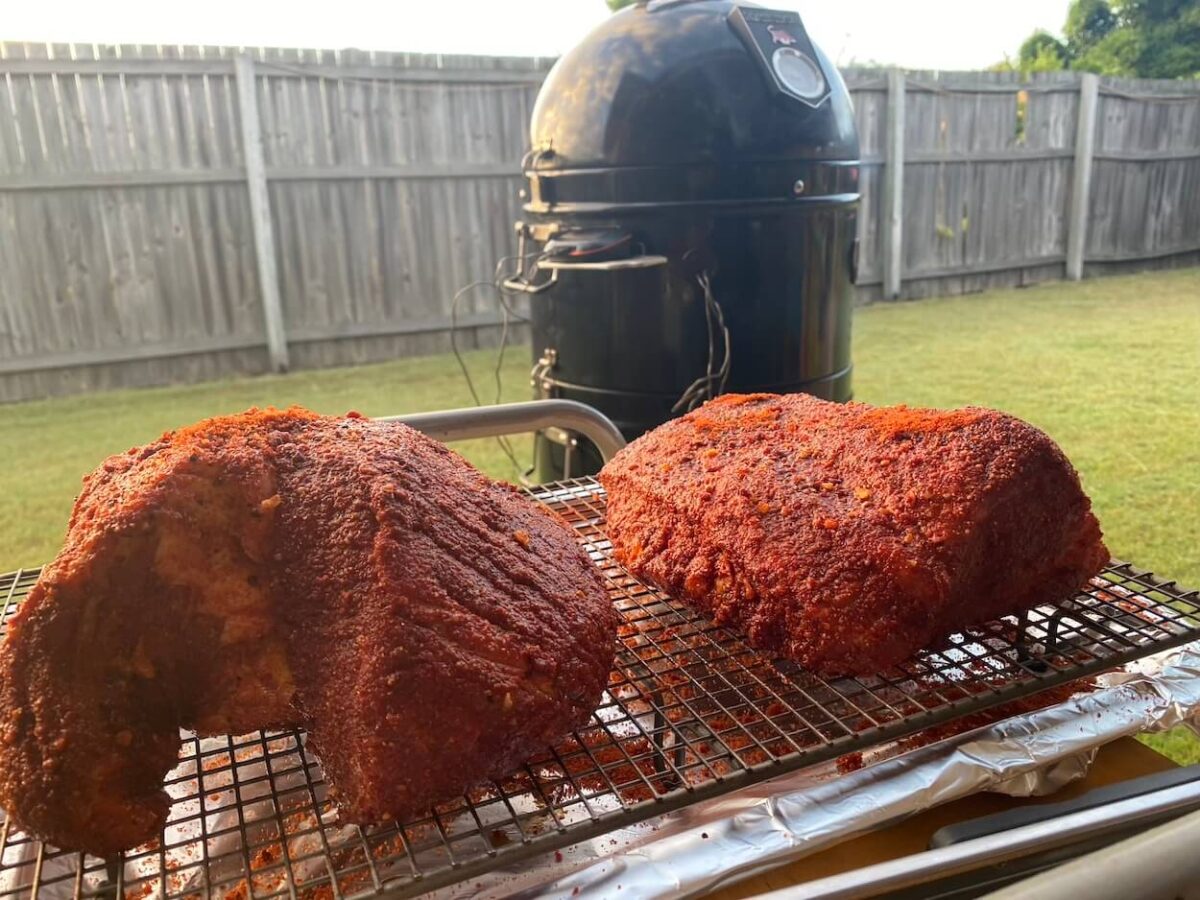For those passionate about barbecue, grilling is often the go-to method. But what if you could take your barbecue skills to the next level? Barbecue braising is a technique that combines the smoky flavors of grilling with the tender results of slow-cooking. In this guide, we’ll walk you through the fundamentals and provide expert tips to help you master the art of barbecue braising for unforgettable meals.
What is Barbecue Braising?
Barbecue braising is a two-step cooking technique that starts with searing meat at high heat to lock in juices and impart a smoky flavor. Afterward, the meat is slow-cooked in a flavorful liquid—such as broth, beer, or a marinade—either in a covered pan or foil pouch. This method merges the best of grilling with traditional braising, producing tender, melt-in-your-mouth textures that are perfect for cuts like pork shoulder, ribs, and brisket.
Why Choose Barbecue Braising Over Traditional Grilling?
While grilling relies on quick, high heat, barbecue braising offers a more nuanced flavor profile and a melt-in-your-mouth texture. Here are some compelling reasons to try it:
- Tenderizes Tough Cuts: Meats like brisket and pork shoulder, which are high in collagen, become incredibly tender with slow cooking.
- Enhances Flavor: The braising liquid absorbs flavors from herbs, spices, and aromatics, deeply infusing the meat.
- Prevents Dryness: The braising liquid helps keep the meat moist, reducing the risk of dryness that can occur with direct grilling.
- Versatile: Barbecue braising can be used with a variety of meats and vegetables, offering plenty of room for creativity.

Key Ingredients for Perfect Barbecue Braising
Selecting the right ingredients is essential for achieving great results. Here’s what you need to consider:
1. Choosing the Right Meat
Opt for cuts with higher connective tissue, as they break down and become flavorful during slow cooking. Top choices include:
- Brisket: Perfect for slow cooking due to its rich flavor and density.
- Pork Shoulder: Fat and collagen in this cut make it ideal for braising.
- Short Ribs: These provide a rich, beefy flavor perfect for braising.
- Chicken Thighs: Higher fat content helps them stay juicy during the process.
2. The Braising Liquid
The liquid you choose sets the flavor tone for the dish. Here are some great options:
- Beer or Ale: Adds depth, with a slightly bitter taste that complements pork and beef.
- Wine: Red wine for beef, and white wine for chicken adds richness and complexity.
- Broth: Chicken, beef, or vegetable broth forms a savory base for your braise.
- Vinegar: Apple cider or balsamic vinegar can add a touch of acidity to balance the flavors.
- Barbecue Sauce: A classic choice that brings both sweetness and tang.
3. Aromatics and Spices
Aromatics and spices can enhance the flavor profile of your braising liquid. Here are some suggestions:
- Onions and Garlic: Provide a rich base flavor.
- Herbs: Rosemary, thyme, and bay leaves introduce earthy notes.
- Spices: Paprika, cumin, chili flakes, and black pepper can add warmth and depth.
- Sugar: Brown sugar or molasses adds a caramelized sweetness to balance savory flavors.

A Step-by-Step Guide to Perfect Barbecue Braising
Mastering barbecue braising involves searing at high heat followed by slow cooking. Here’s how you can do it:
Step 1: Preheat and Sear
Preheat your grill to high heat (around 400°F to 450°F). Sear the meat for 5-10 minutes on each side to form a crust and lock in juices.
Step 2: Prepare the Braising Liquid
While the meat sears, prepare your braising liquid by combining your chosen ingredients (beer, broth, or wine) with herbs and spices in a heat-safe pan. Bring it to a simmer to allow the flavors to meld together.
Step 3: Slow-Cook on the Grill
Place the seared meat in a covered pan or wrap it in heavy-duty foil. Pour in enough braising liquid to cover the meat halfway. Move the pan to the cooler side of the grill and reduce the heat to around 300°F. Let the meat cook slowly for several hours, allowing the collagen to break down and tenderize the meat.
Step 4: Final Searing and Glazing
Once the meat is tender, remove it from the braising liquid. For added flavor, sear the meat over direct heat for an additional 5-7 minutes. Brush on barbecue sauce to create a beautifully caramelized finish.
Step 5: Rest and Serve
Let the meat rest for 10-15 minutes before slicing or shredding. This allows the juices to redistribute, ensuring the meat remains tender and flavorful.
Advanced Tips to Perfect Your Barbecue Braising
Looking to take your barbecue braising skills to the next level? Here are a few advanced techniques:
1. Double Braising for Extra Flavor
For a more intense flavor, try double braising. After the first braise, strain and reduce the braising liquid to concentrate the flavors, then braise the meat a second time in the enhanced broth.
2. Infuse Smoke for a Richer Flavor
To impart an even deeper smoky flavor, add soaked wood chips (like hickory or applewood) to the grill after the initial sear. This will infuse the meat with an authentic barbecue flavor during the slow-cooking process.
3. Apply a BBQ Rub Before Braising
Before braising, apply a dry rub to the meat for added flavor complexity. A combination of salt, pepper, paprika, garlic powder, and brown sugar can introduce a delicious balance of spice and sweetness.
4. Temperature and Time Control
Maintain a steady grill temperature between 275°F and 300°F for optimal results. Using a grill thermometer ensures consistent heat, preventing overcooking or undercooking.

Conclusion: Master the Art of Barbecue Braising for Unforgettable Results
Barbecue braising is a powerful technique that yields tender, flavorful results by combining high-heat grilling with the slow-cooking benefits of braising. By incorporating this method into your grilling repertoire, you can transform tough cuts of meat into melt-in-your-mouth masterpieces. Whether you're cooking for a family gathering or competing in a BBQ contest, barbecue braising is sure to elevate your skills and bring a new level of flavor to your outdoor cooking. Fire up the grill and start experimenting with this mouth-watering technique today!
